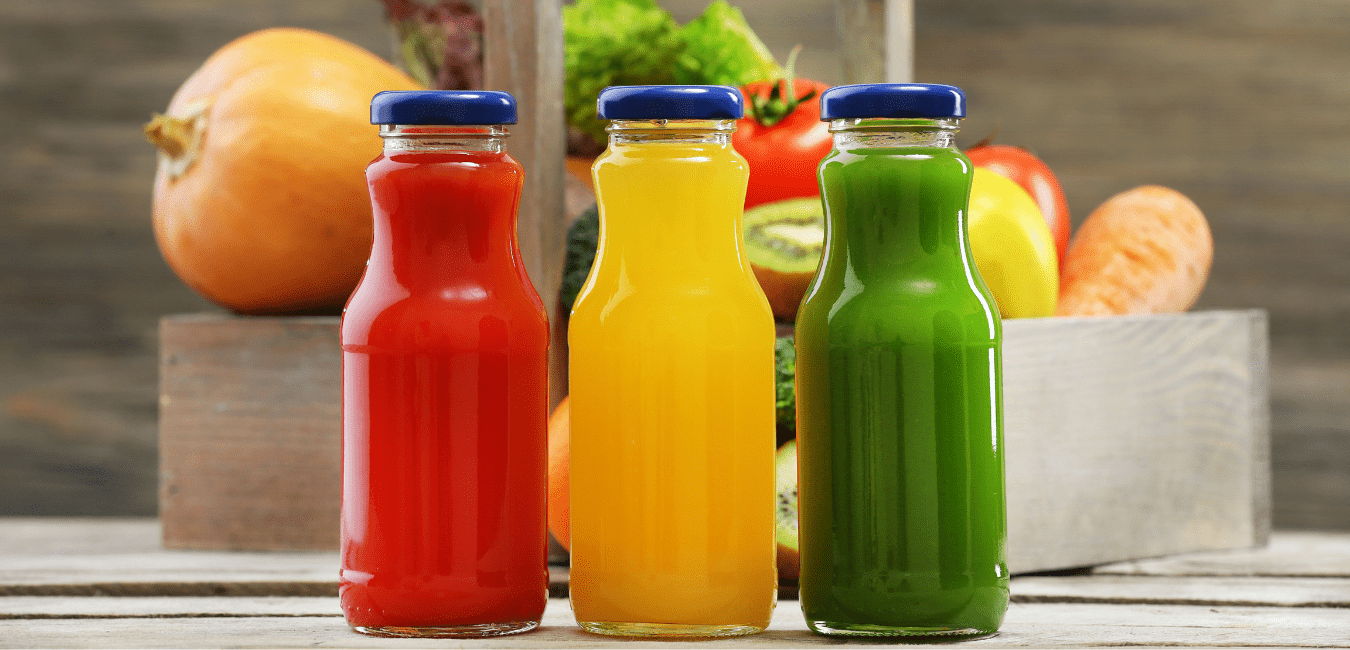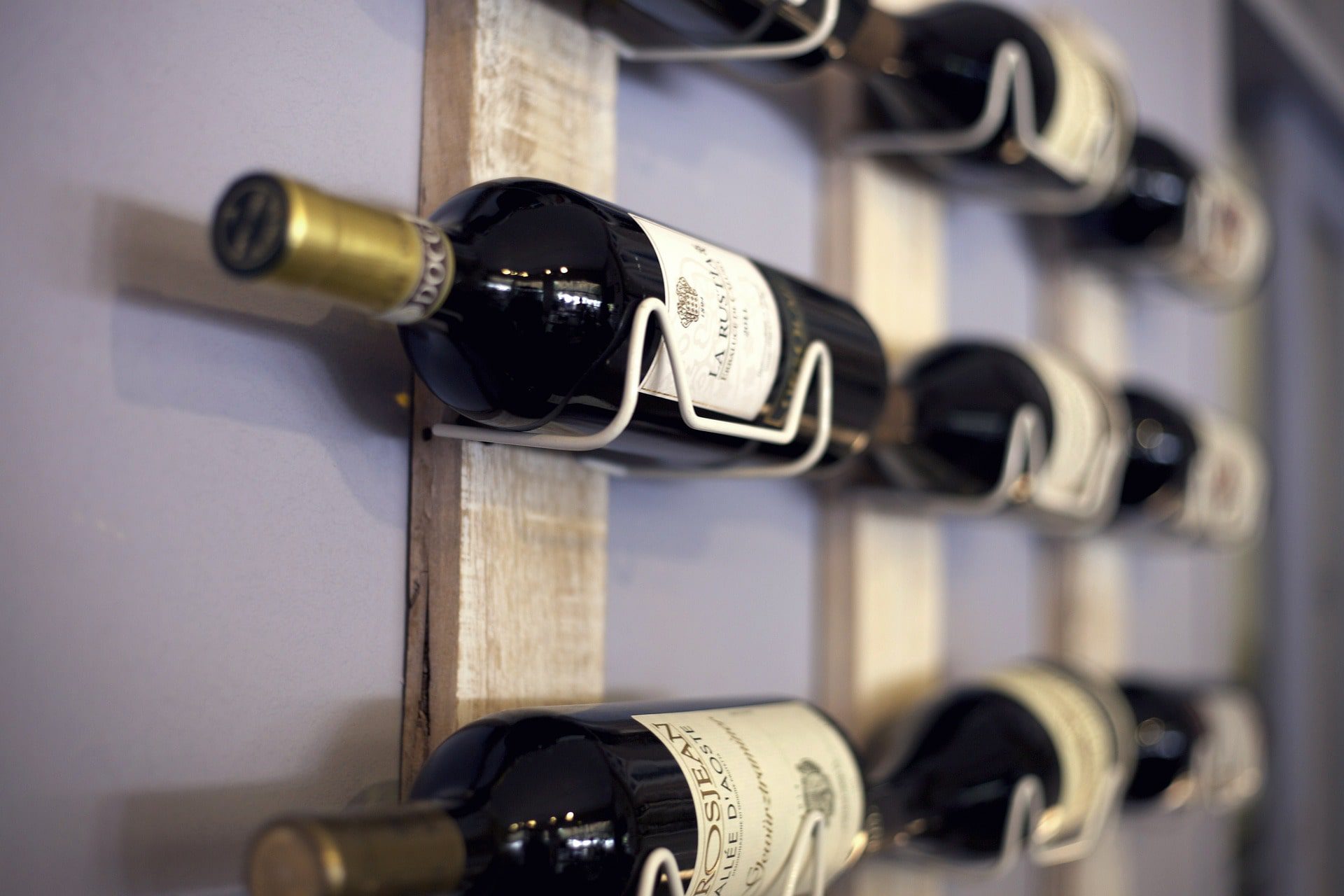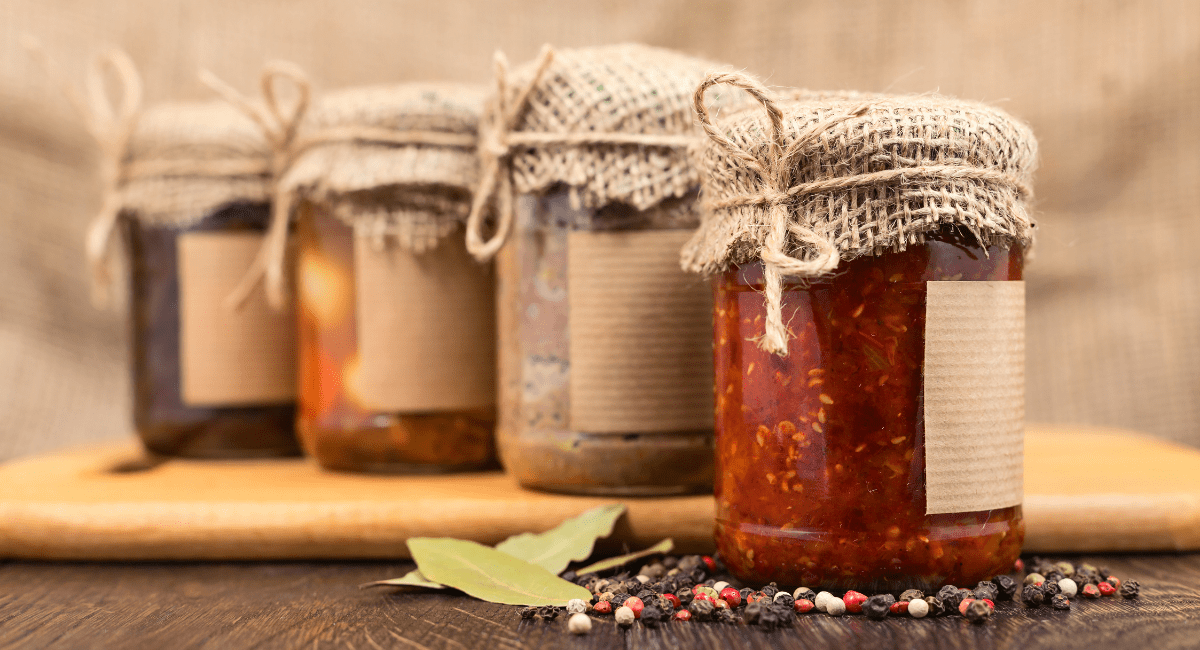Why do drinks and food taste better in glass?
Ever noticed that your favourite food and drink products taste better when packaged in glass? If you have, you’re not alone. There’s so much that goes into the perceived taste of a product including the quality of the brand, temperature, and even how you’re choosing to experience the moment itself – think of how good it feels to crack open a cold beer or Coca Cola on a hot summer’s day!
But one aspect we often overlook is how our food or drink is packaged. And there’s so much more to food and drink, if we look beyond the label. Look in your fridge or pantry, and you’ll probably notice just how much comes in glass.
Packaging is key for protecting our favourite drinks, such as Coke, beer and wine, as well as food products like olive oil, sauces, jams and yoghurts. Packaging choice can have a significant impact on how much we enjoy our meals or beverages.
But how does packaging affect taste? Well, a lot of it comes down to science. In the case of glass, this concerns four key elements – natural ingredients, inertness, impermeability and safety – and these elements all work in harmony to make your favourite food or drink taste better. Keep reading to find out how.
How does glass preserve the taste of food and drinks?
Natural packaging
With glass, what you see is what you get. bottle, jar or pot is created by combining three ingredients found in nature – sand, soda ash and limestone – as well as recycled content (also known as cullet). And that’s it! additional plastic linings or layers to ensure the food or drink can be safely stored for a long period of time.
Pure taste
Glass is a tasteless and odourless material. Using it to package our favourite maintains all of the freshness, strength, aroma and flavour, as well as all the vitamins and minerals. Its inertness also guarantees no chemical reactions between the content and packaging, meaning your food or drink will taste exactly as originally intended.
Impermeable material
As a non-porous, single-layer material, glass acts as a protective barrier against external elements. All flavours and aromas of your favourite food or drink stay intact, as it functions as a barrier that keeps out oxygen, light and heat. This is why we call it “impermeable” meaning it doesn’t let anything from outside affect the taste of your food or drink.
Safely stored
Glass doesn’t just result in food that tastes exactly as intended – it’s also a safer and healthier choice compared to other materials.
There’s no risk of potentially harmful chemicals that can leach into food and drinks. The material also doesn’t deteriorate over time, making glass a safer and healthier choice for the long haul.
![]()
Why do drinks taste better in glass?
Coke
Whether you’re kicking back with a Coke after a long workday or relaxing with friends on a summer day – one thing is for sure: Coca-Cola tastes better in glass. You might be wondering why and the answer is quite easy: science.
So how does this science work? Think about why we love the ‘Coca Cola experience’ (and it’s the same for all soft drinks!): carbonation. Glass is perfect for preserving that refreshing fizz in your drink. And let’s face it, a flat Coke is not really the same.
Beer
Beer lovers or occasional drinkers alike, people tend to agree that beer tastes different in glass. Like soft drinks, beer’s refreshing bubbles are an important part of the taste experience. Better preserved carbonation means a better tasting pint, ale or lager. Want to prevent your drink from going ‘stale’ or ‘skunky’? Choose beer in glass, as it protects all the beer’s flavours and aromas from light and oxygen exposure. Once the bottle is sealed, oxygen has no way of getting in, shielding the beer from getting stale. Amber bottles provide 99.9% protection from UV rays; that’s why you’ll often find darker bottles storing the most famous brews.
Milk
Milk is a natural product through and through. Whether it comes from a cow, goat, almond or oat, with milk, you’re looking for freshness. Compared to other materials, glass is a reliable option for ensuring milk’s freshness for two main reasons. First, it acts as a barrier protecting your drink from outside temperatures, so milk stays colder for longer.
The second reason comes down to logistics. Whereas milk in other packaging usually travels great distances before processing, milk in glass bottles comes from local farms and can go from the production to your kitchen table in just 24 hours. Thanks to this, dairy products are left closer to their original state with more remaining enzyme proteins, keeping our bodies healthy. And that is not the only benefit. There are many other reasons to choose milk in glass bottles.
Wine
With room for such a complex array of flavours, preserving the taste of wine is essential for the best experience. Wine connoisseur, sommelier, or your average Joe: we want to taste the wine, not the packaging material.
Glass is perfect for preserving a wine’s true taste thanks to its high degree of inertness. While other packaging materials may leach chemicals or their own foreign flavours into the drink, a tasteless and odourless material like glass ensures that wines maintain their unique aroma.
Besides, bottles can be hermetically sealed with a cork, preventing oxygen to getting into contact with the product. This is particularly important when it comes to aged wines that can last for decades when stored properly.
Curious about why bottles have been the go-to choice for wine for so long? Discover why wine is best stored in glass.
![]()
Why does food taste better in glass?
Olive oil
Used for marinades, salad dressings and everything in between, olive oil is a daily pantry staple of the European diet. Whether you prefer it fresh and grassy or spicy and bitter, so much of what we love about olive oil has to do with its taste and how it elevates our food experience to the next level. The key to preserving this flavour is keeping it safe from oxygen, light and heat – the true enemies of olive oil.
As a gastight, impermeable material, it is well suited to protecting olive oil and guarding against rancidity. Previous studies found that green UVAG glass bottles prevents oxidation and light exposure in olive oil better than other containers. Compared to other materials, the aromas or perfume of oil is found to be the greatest in green UVAG bottles. The result? A better tasting olive oil.
Learn more about why olive oil and glass are the perfect match.
Sauces
One of the key reasons that sauces – both table and cooking sauces – often come in glass jars is due to preservation. As a hermetically sealed container, a jar ensures that no microorganisms spoil the sauce. At the same time, inertness guarantees no foreign flavours or chemicals leach into the sauce and thereby your food. Together, these two factors mean that sauces packaged in jars taste exactly as they should for as long as two years.
![]()
Jams and jellies
Remember those delicious jam jars at your grandparent’s house, covering your crusty bread with a sweet jelly spread in the morning? It’s no coincidence that jams and jellies are often packaged in glass jars (which are great to reuse to upcycle your garden!). Much like with sauces, jars guarantee safety and taste preservation thanks to their inertness. Jams and jellies aren’t just sweet, they’re also acidic. While this acid can react with certain materials and therefore alter the taste and quality of the product, glass ensures no chemical reaction, preserving the sweet taste.
Another reason has to do with warmth. Jams and jellies need to be packaged while still hot and need to release their warmth quickly to achieve the best taste of the final product. Made from natural materials (sand, soda ash and limestone), glass allows the heat of freshly produced jam to be released up to 10 times faster than other materials. The result is a fresher and more flavourful jam or jelly.
Yoghurt and other dairy products
Much like milk, yoghurts, cream, butters, spreadable fats and a whole host of other dairy products taste better and fresher when packaged in glass jars.
In the case of thicker yoghurts, the structure of glass also has a role to play. Thanks to its rigidity, the yoghurt’s integrity is maintained, allowing for a natural yoghurt that can be stabilised without the use of added starches or gelatine. And as we all know, the creamier the texture, the tastier the experience.
So next time you find yourself in the store doing your weekly grocery shopping, or planning a dinner party, don’t forget about glass. It’s time to look beyond the label because, for the best taste experience, the packaging is the promise.














